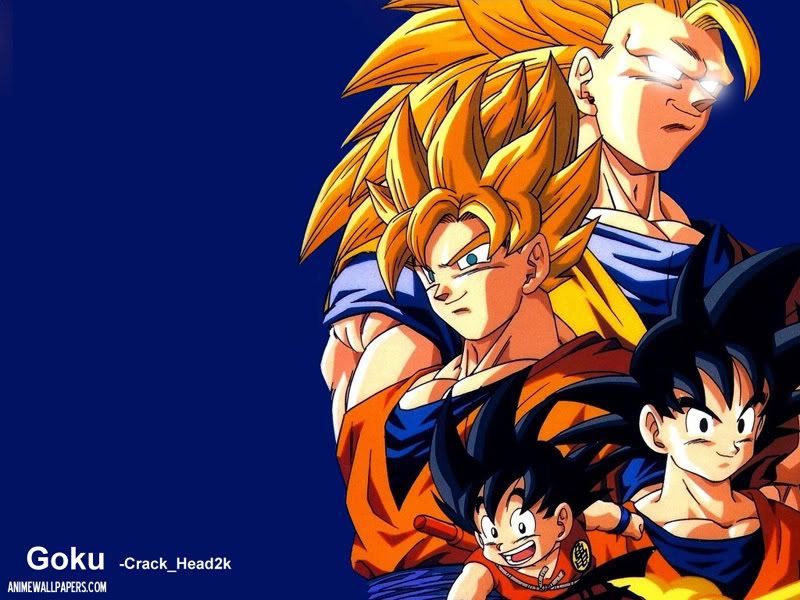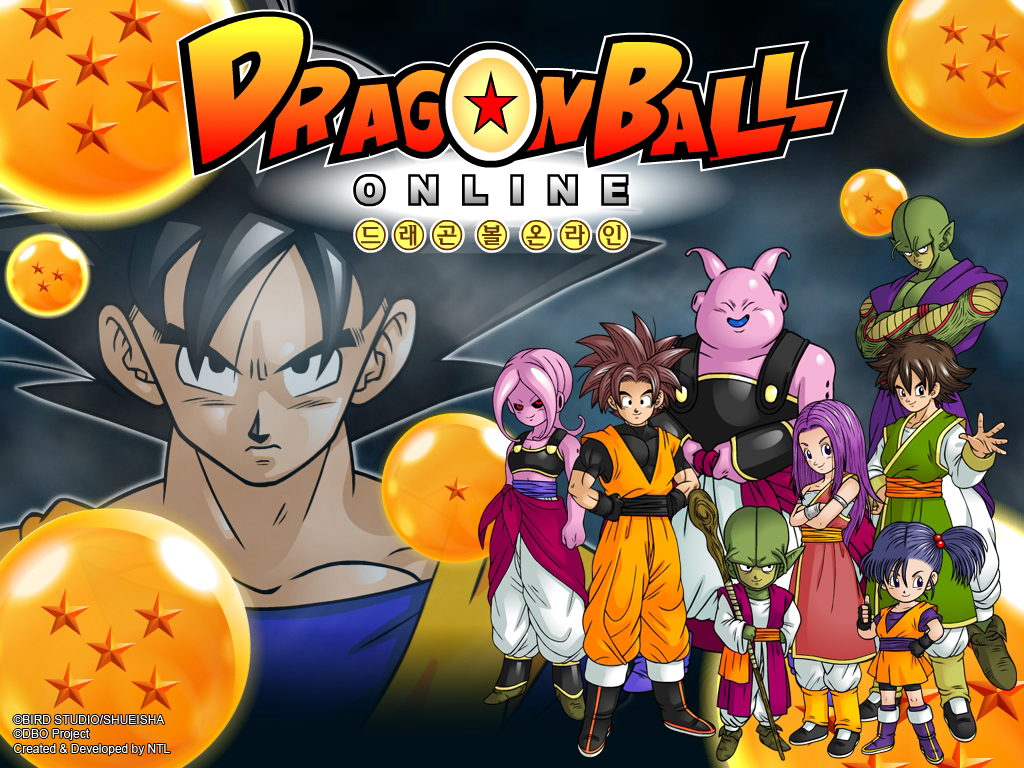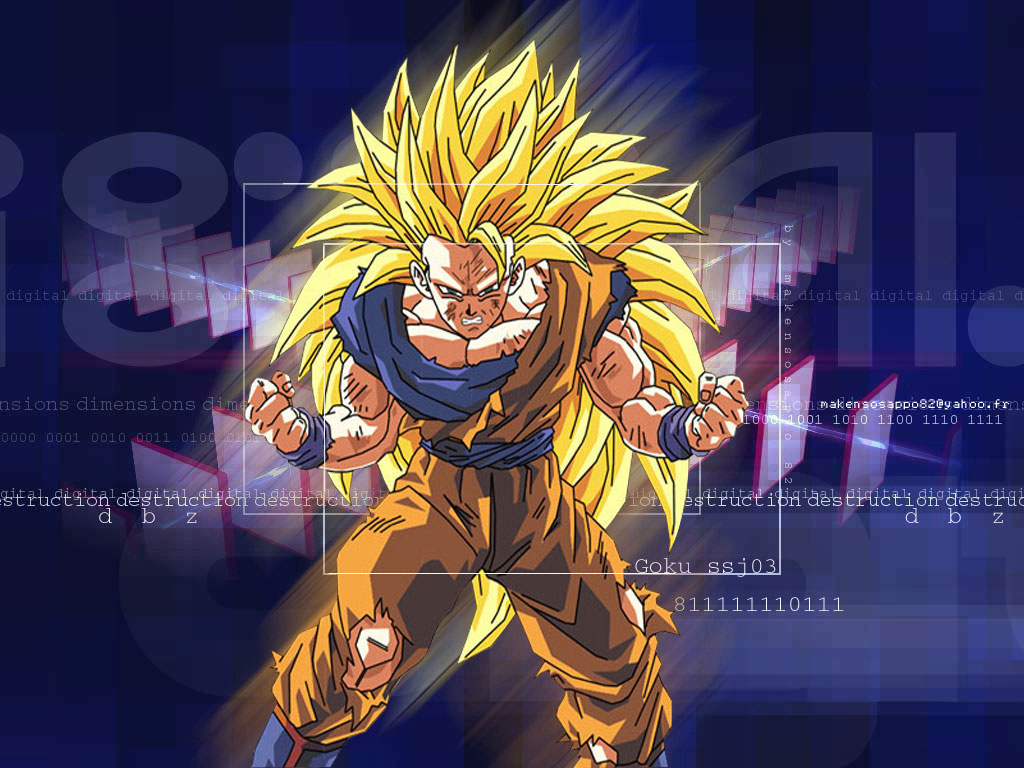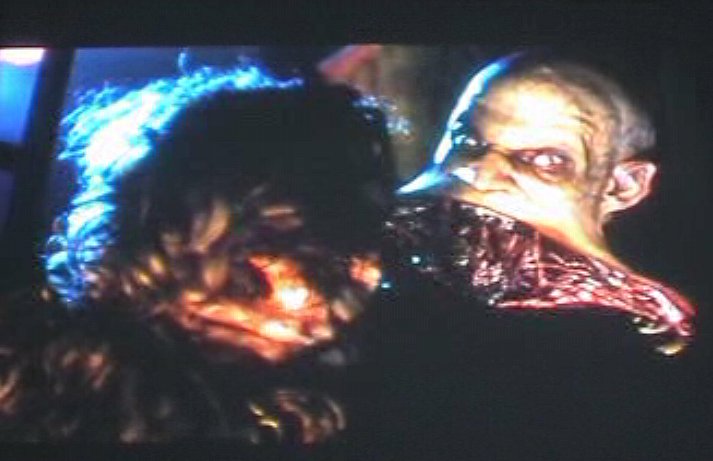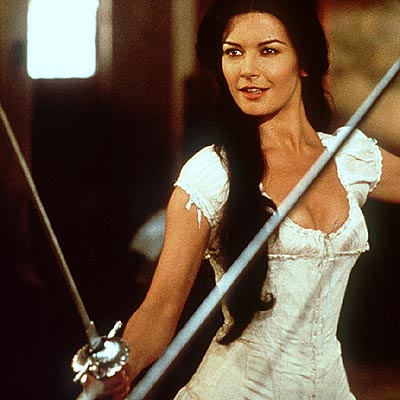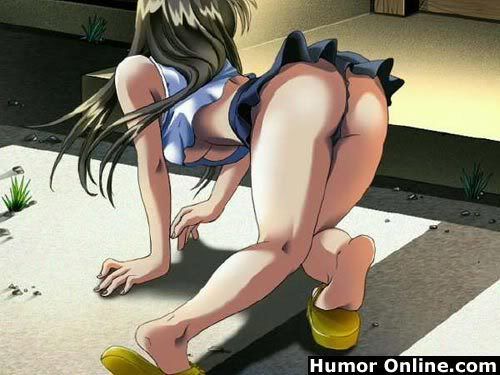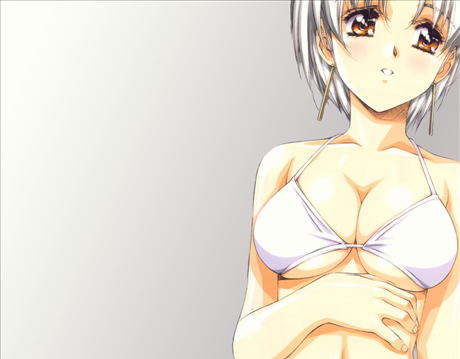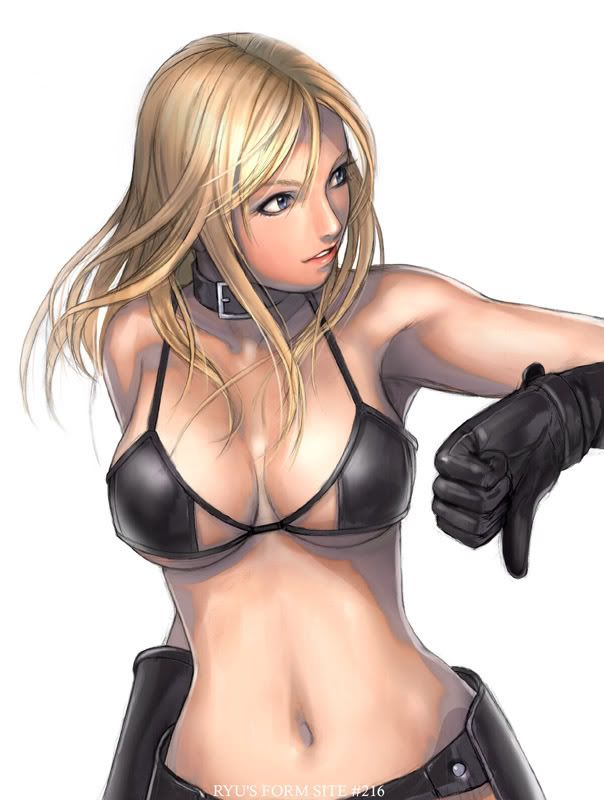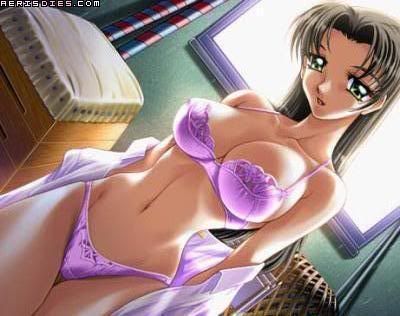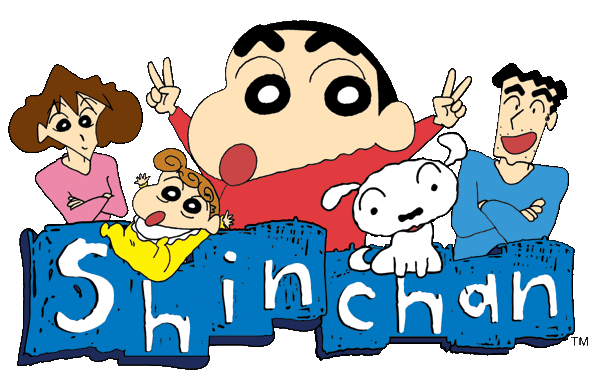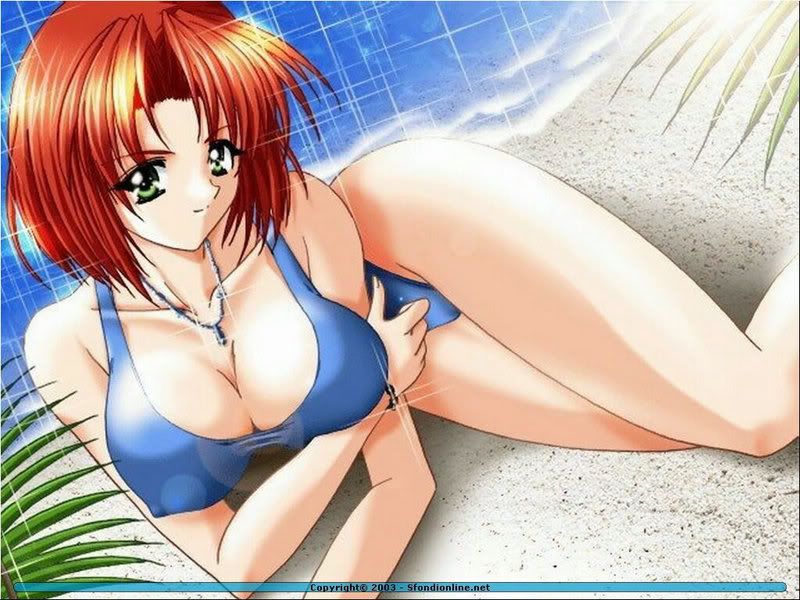





apparel is ideal for those who are, of course, into anime, and those who are into role-playing in the bedroom. Another option is to find anime material and make your own pajamas as you'd like them—without being too fetishistic.
When it comes to women's intimate anime apparel, role-playing and fetishism both come up. There are very few simple pajama sets featuring anime characters (in fact, you'd probably have better luck designing and sewing your own!). However, you can find plenty of information about women who dress up as anime characters for sexual purposes or just to have fun and attend conventions.
While simple anime-inspired costumes can be used as intimate apparel in this context, some take the dressing up and role-playing very seriously. Some of the most extravagant costumes come from a subculture that enjoys taking great care in re-inventing themselves in the vein of certain types of characters, anime characters included.
Cosplay
Cosplay is a term that's short for "costume play" and refers quite often to the anime type of costume. The participants choose their own costumes and accessories in an attempt to look like a specific character. From there, they act the part while in costume.
Not only do they act like the character they've chosen, but they sometimes reenact specific scenes. Cosplay costumes are more elaborate than your traditional fetish or roleplaying intimate apparel so they aren't typically ready-made. Instead, the person who intends to wear the costume will often design their own.
In some cases, these costumes are not intended for the bedroom. However, this type of costume or something less extravagant can be used behind closed doors as intimate apparel.
To get an idea of how extensive Cosplay costumes can be, please visit Cosplay's Costumes page.
Costume Sites
Interested in a costume but not interested in working in all of the embellishments yourself? Prefer to just buy a costume rather than create one? No problem. There are several costume sites online that offer anime-inspired themes. Here are a few:
There are quite a few costumes that most ladies might not feel comfortable wearing anywhere but the bedroom! If you didn't find what you were hoping for at any of the above sites, check your local costume shops, especially around Halloween. They're bound to have at least a few anime-inspired costumes; they might just have one of the character you're looking for.
While you can find any pattern you like in your favorite craft or sewing store, you may have trouble finding anime fabric to work with. Try:
- J & O Fabrics for their Anime Girls fabric.
- eBay occasionally has anime fabric you can purchase.
Not exactly handy enough with a needle and thread to create your own boudoir anime apparel? That's okay. You can still flaunt your love for anime by taking your favorite skimpy cami and ironing on an anime character. Try checking eBay for iron-ons, too. You can also look on Etsy.
The Bottom Line
You can enjoy women's intimate anime apparel whether you're into role-playing or just want something a little spicier than an anime t-shirt to show off your interest in the genre. While it's arguably easier to find the costumes designed for role-play and fetishes, with a little creativity, you can come up with something simpler and more comfortable. There's an anime option out there for everyone.
Source : http://lingerie.lovetoknow.com/Women's_Intimate_Anime_Apparel




